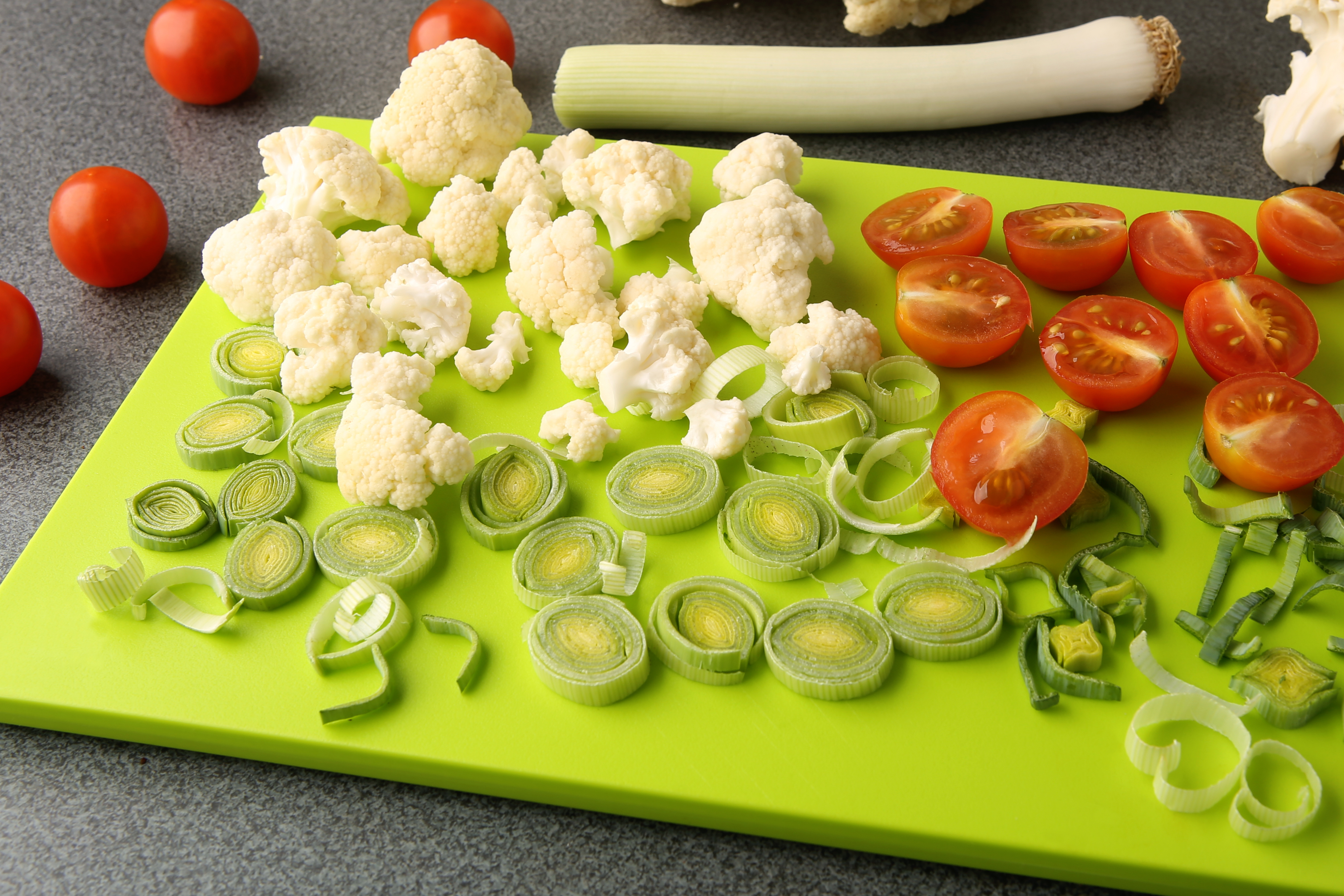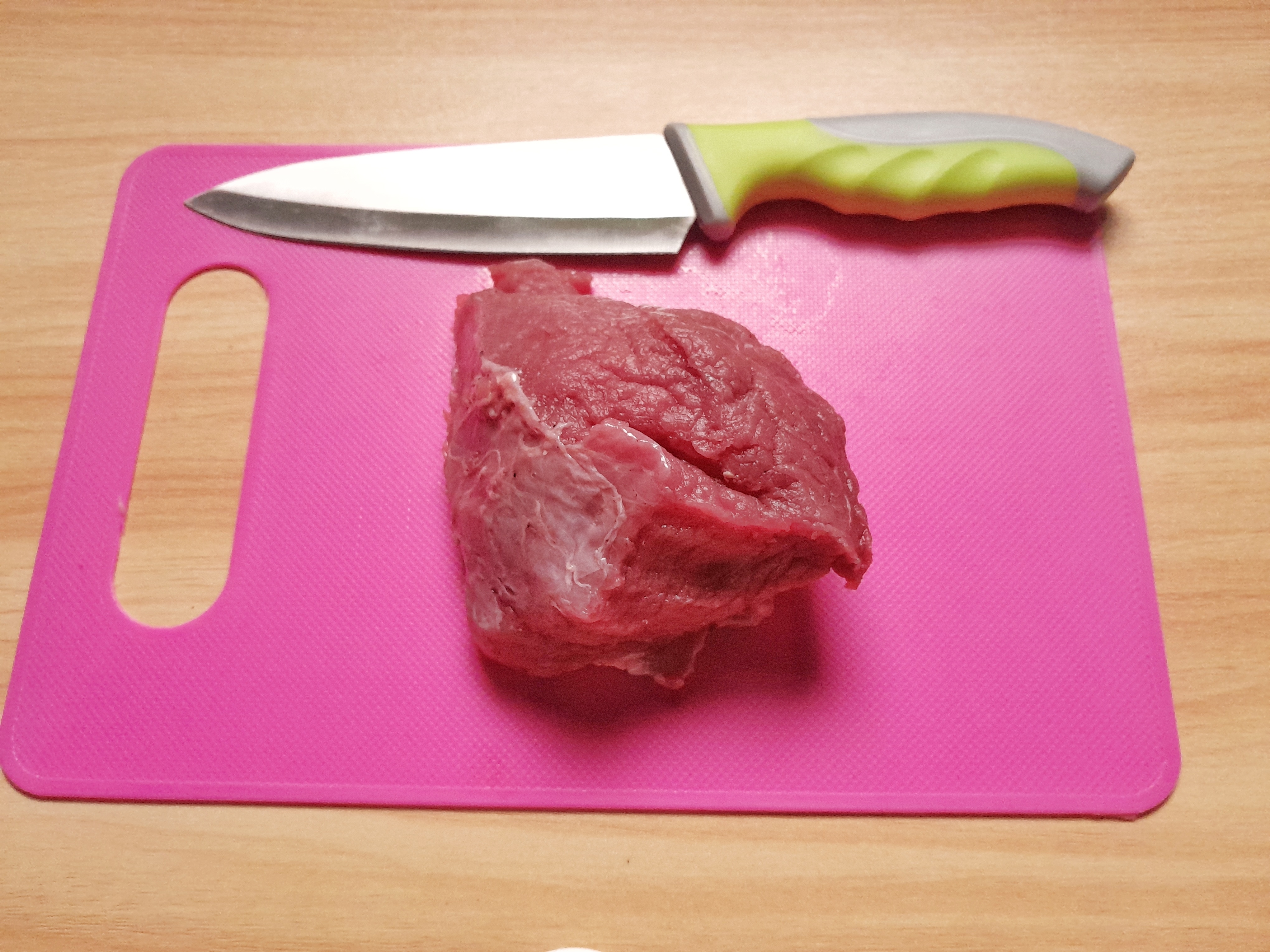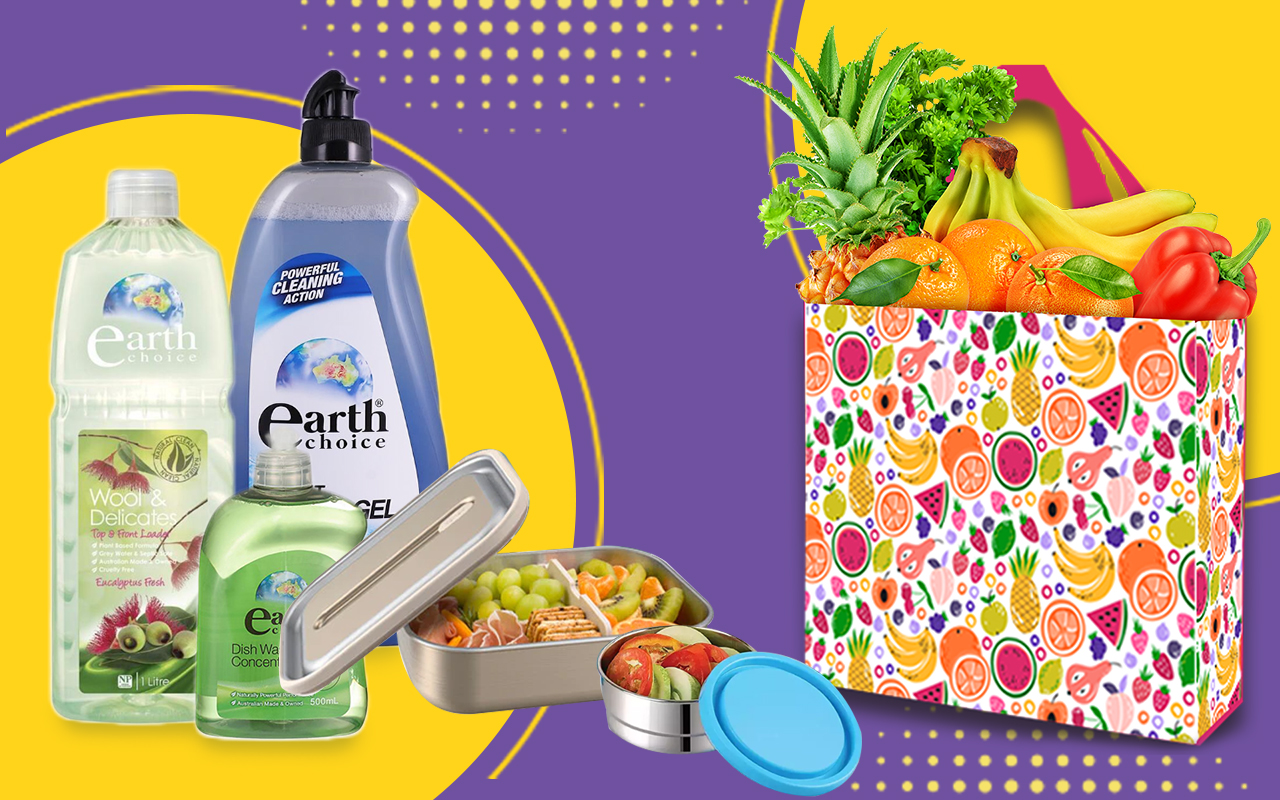
If you’ve been using the same cutting board for both vegetables and raw meat, this article is for you! Unwashed kitchen tools, raw meat, fish, and even undercooked food can harbor bacteria that may lead to stomach issues, food poisoning, and other health problems. One of the main culprits behind this is your cutting board. Many households use the same board for everything, from chopping veggies to slicing raw meat, which can pose serious health risks. This cross-contamination allows bacteria to transfer from one food item to another, making it crucial to be mindful of how you use your cutting board. Let’s dive into some best practices for cutting board use.
Traditional wooden cutting boards can trap moisture, which promotes mold and bacteria growth, and they’re difficult to clean. This is why plastic cutting boards have become more popular in recent years. If you prefer wooden boards, make sure to separate their use by type—use one for vegetables and a different one for meat.
Plastic cutting boards often come in various colors, which can help reduce the risk of contamination. Here’s a simple guide:
Yellow: For poultry like chicken or turkey. This helps avoid cross-contamination with other foods.
Red: For raw meat like beef, pork, or lamb. Keep raw meat separate from vegetables to prevent bacteria from spreading.
Blue: For seafood like fish, shrimp, and crabs. Using a blue board for seafood ensures cleanliness and prevents mixing with other meats.

Green: For vegetables and fruits. This makes it easy to spot and ensures a clean surface for fresh produce.
Brown: For cooked meat, like roasted chicken or beef. The dark color hides stains from cooked food.
White: Best for bakery items like bread or dairy products such as cheese. The white surface allows you to easily see any residue.
It’s important to replace your cutting boards every 1 to 5 years, depending on usage. Over time, boards become harder to clean and harbor more bacteria. Always clean your cutting board thoroughly after each use and consider getting a set of color-coded boards to separate raw meat, seafood, and vegetables for better food safety. By using different boards for different food types and replacing old ones regularly, you can significantly reduce the risk of foodborne illness and keep your kitchen a safer place for meal preparation.





Comments